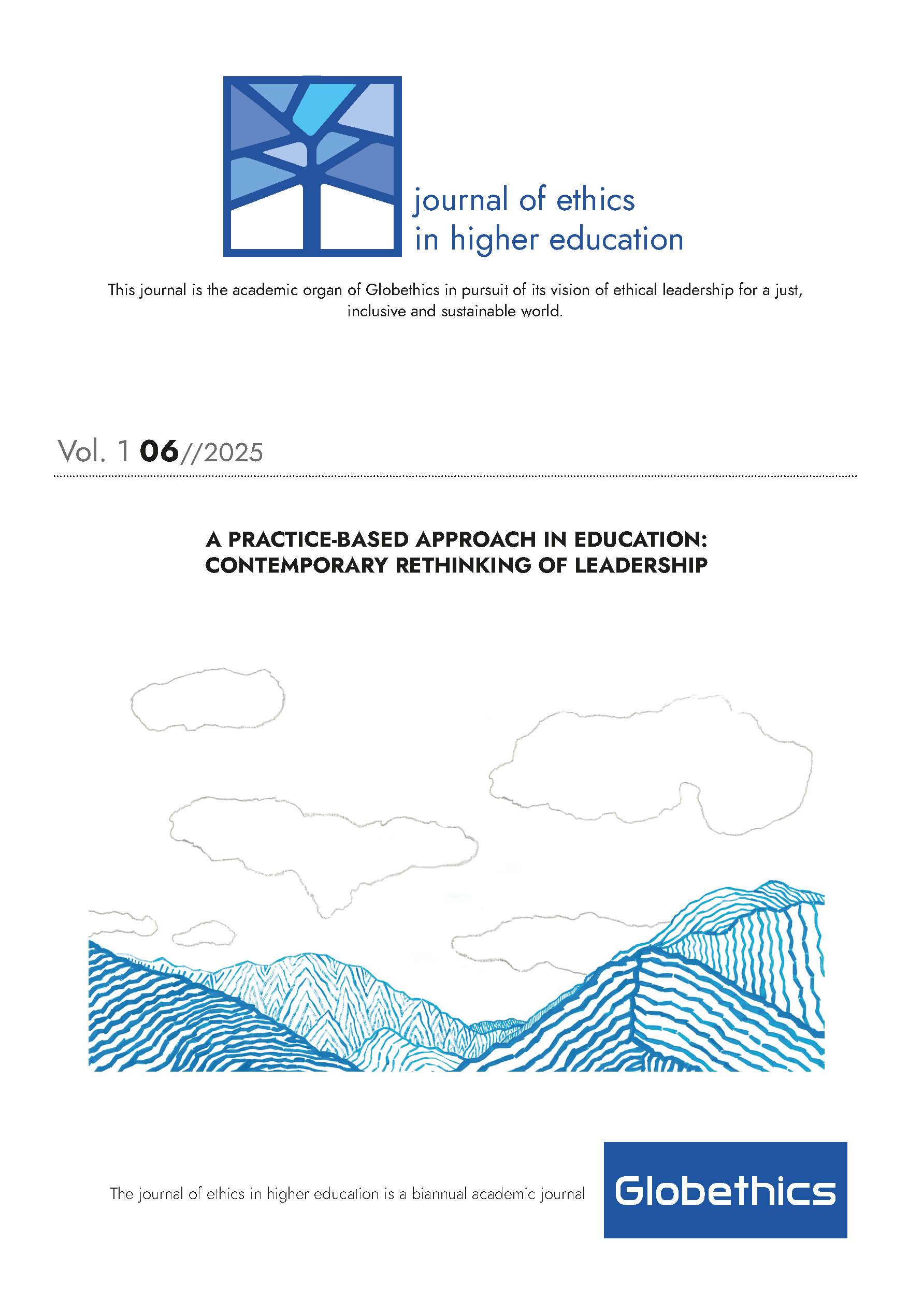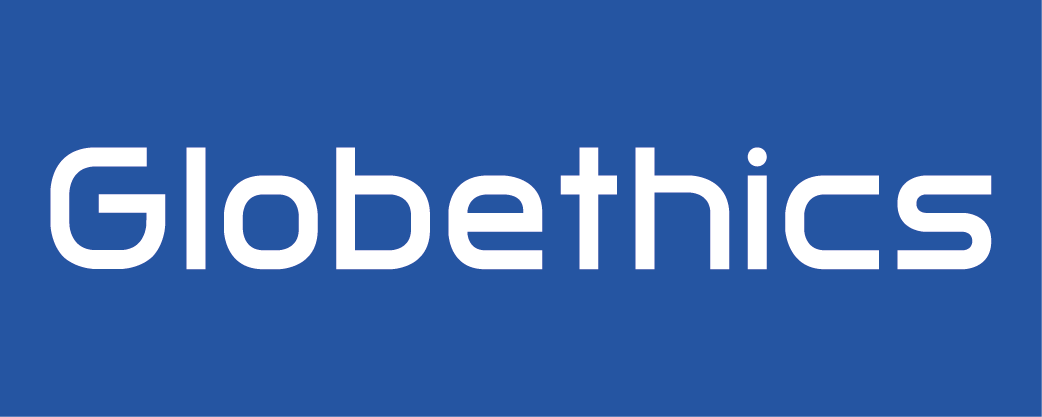An Ethics, Law, Diversity and Patient Safety OSCE in the Medical Curriculum
DOI:
https://doi.org/10.26034/fr.jehe.2025.8385Keywords:
OSCE, Objective Structured Clinical Examination, medical ethics education, health care law, patient safety, assessment, students' competencies assessment, students' perspectiv-takingAbstract
Combined assessment of Ethics, Law, Diversity and Patient Safety in the medical curriculum is challenging. The aim of this study is to explore the value for students and teachers of an Objective Structured Clinical Examination (OSCE) on these subjects implemented in year 3 of the bachelor’s curriculum, and to identify points of improvement. A qualitative design was used, consisting of interviews and focus groups with students and teachers. Data was analyzed using thematic content analysis. Themes identified for students: discussing the case together, examining perspectives, importance and complexity of the subjects in clinical practice, speaking up, insecurity about what to expect and assessment as a learning opportunity. Themes identified for teachers: dialogue with the student, students’ perspective-taking and reflection skills, contribution to the relevance of the assessed subjects, preparation of future practice and uncertainty about grading. Our study shows that the OSCE enables assessing students’ competencies and also contributes to students’ understanding of the complexity of future practice, the relevance of reflection and examining perspectives, and provides them with the opportunity to speak up. Assessment thus provides the students with a learning experience. Teachers feel acknowledged by students taking the subjects seriously and appreciate having a dialogue with the students.
Downloads
Published
How to Cite
Issue
Section
License
Copyright (c) 2025 Mariëlle Diepeveen, Petra Verdonk, Guy Widdershoven, Yolande Voskes

This work is licensed under a Creative Commons Attribution-NonCommercial-ShareAlike 4.0 International License.
Journal articles of Globethics Publications are published under the open Creative Commons License Attribution-NonCommercial-ShareAlike 4.0 International (CC BY-NC-SA 4.0), which guarantees the rights of licensor and allows free use and re-use to the licensees (the readers) who can: 1) Share — copy and redistribute the material in any medium or format 2) Adapt — remix, transform, and build upon the material provided appropriate credit is given and similar license is used in case of such adaptations. Content should not be used for commercial purposes. Each article (the version of record) can be deposited by the author on their academic institutional repository or personal author webpage.







